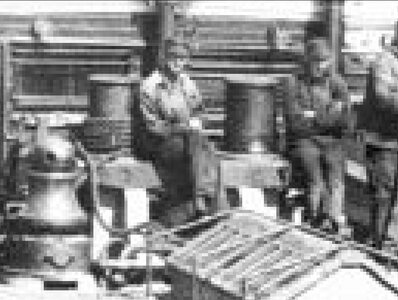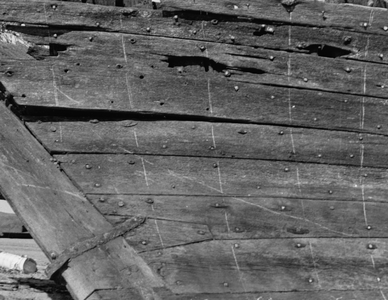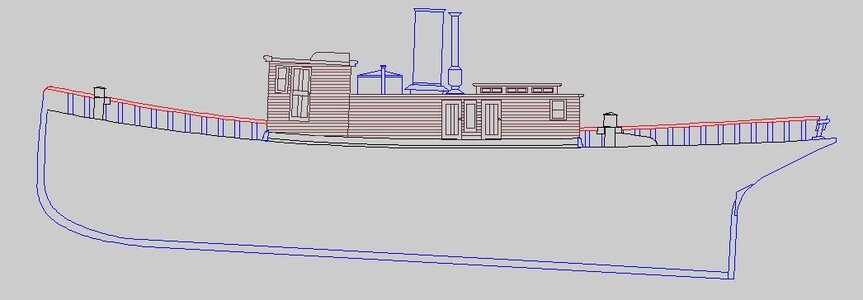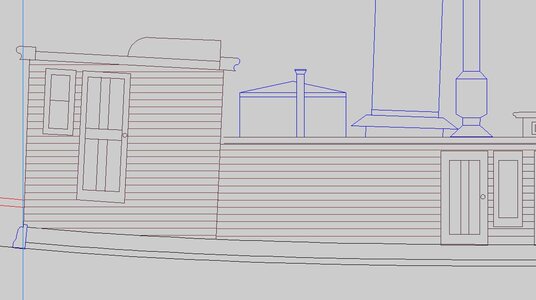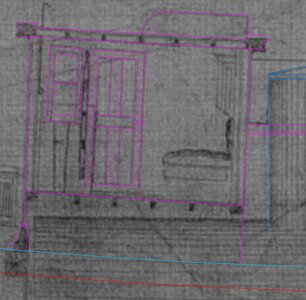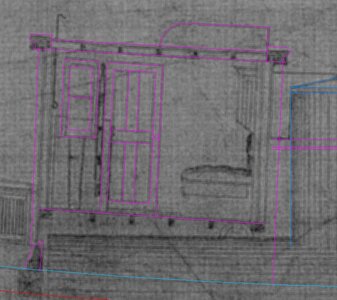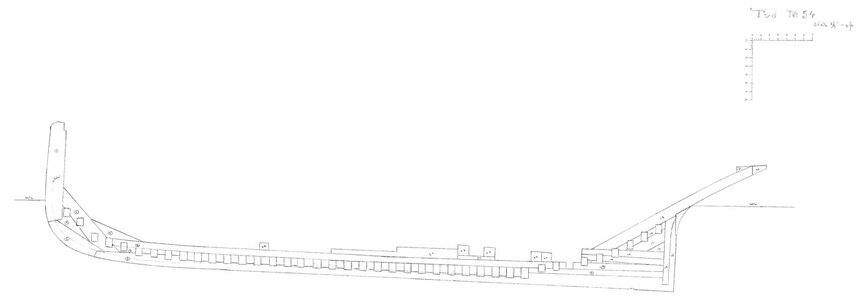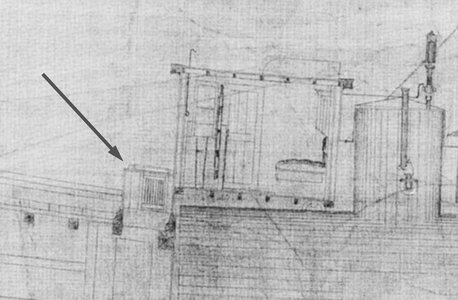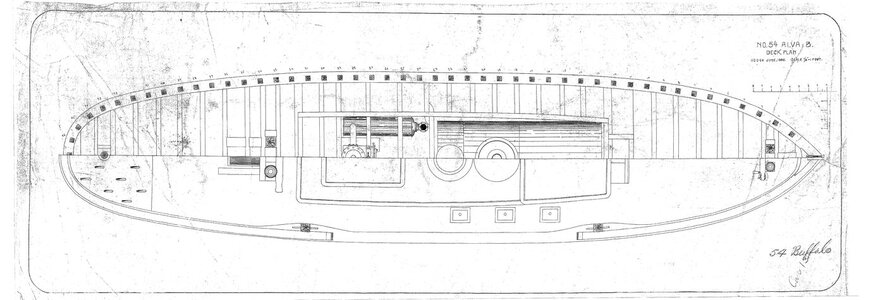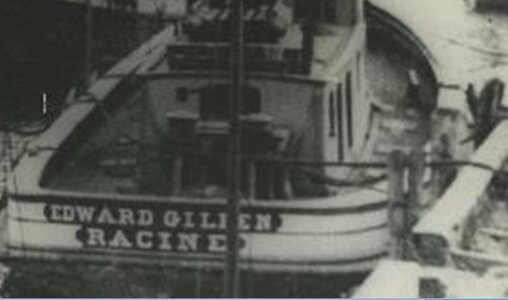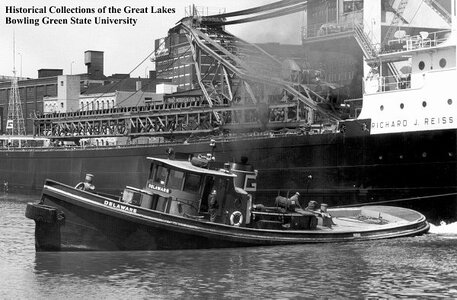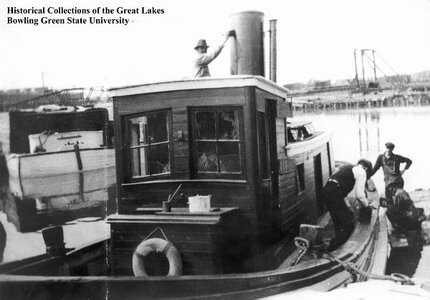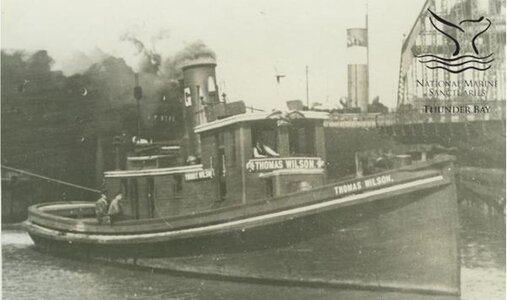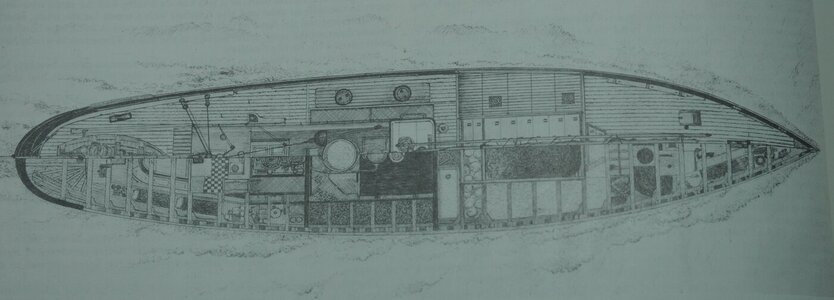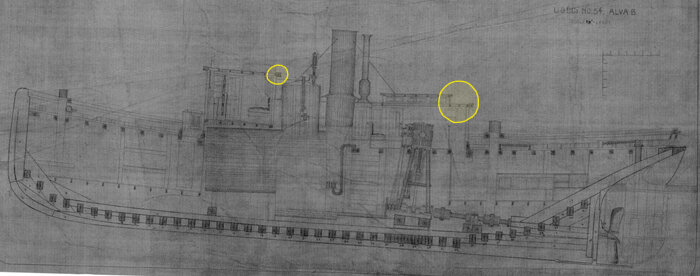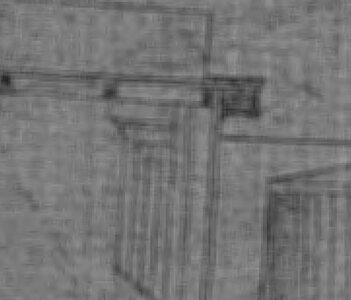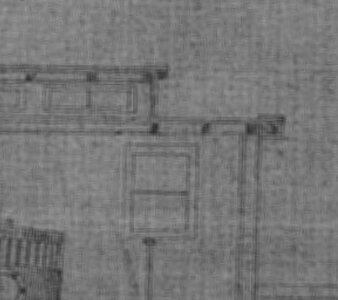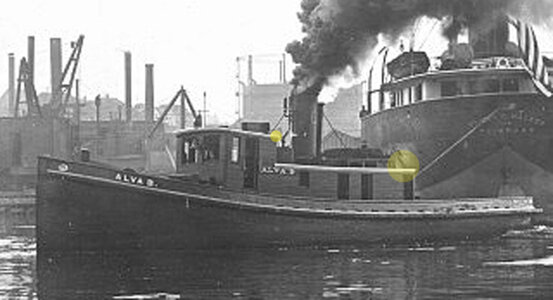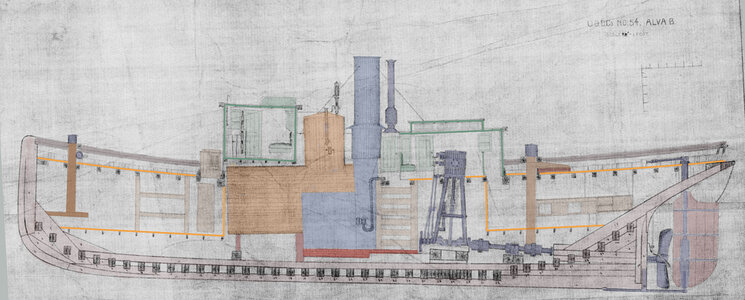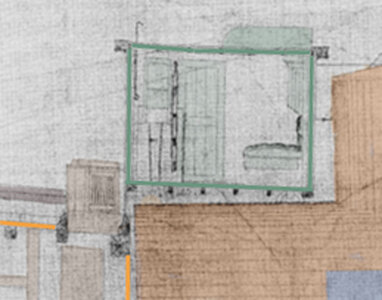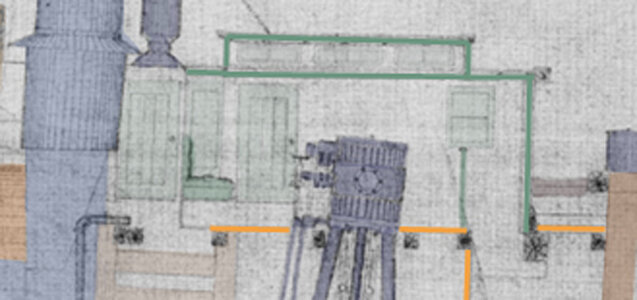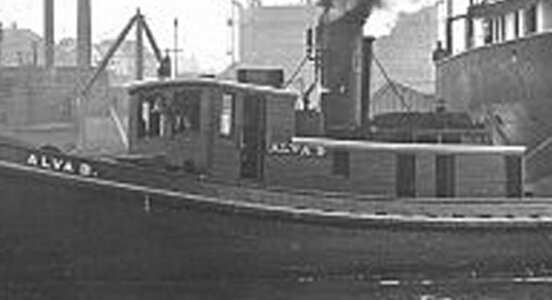- Joined
- Dec 1, 2016
- Messages
- 6,338
- Points
- 728

Great investigative work Dave,
From my limited knowledge of full size boat building a lot depends on the yard with reference to the stanchions some yards would make them in a manor that with a hard knock they would break away without much damage to the hull. While other yards would make a very strong structure that would cause a lot of damage and be difficult to repair.
Cheers,
Stephen.
i heard the same thing with the Great Lake lumber hookers, schooners and tugs the bulkwark was always seperate because like you said so they can be repaired. I can see why they would NOT be the top timber of a frames because that would cause a lot of hull damage below the waterway and to the frame. Most likely the square hole in the waterway ran through and the stanchion ran down and nailed to the frame,
Last edited:


